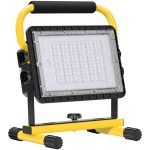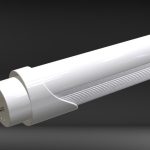How to Easily Check the Lumens of Your LED Lights: A StepbyStep Guide

Are you tired of guessing how bright your LED lights are? Do you want to ensure that the lighting in your home or office is up to par? Knowing the lumens of your LED lights is crucial to achieving the perfect level of brightness. Fortunately, checking the lumens of your LED lights is a simple and easy process that anyone can do. With this step-by-step guide, you’ll be able to measure the lumens of your LED lights in no time. Understanding the lumens of your LED lights is essential for creating the perfect ambiance in your space. Lumens measure the brightness of a light source, and the higher the lumens, the brighter the light. Whether you’re looking to brighten up a workspace or create a cozy atmosphere in your home, knowing the lumens of your LED lights is essential. With the help of this guide, you’ll be able to easily check the lumens of your LED lights and adjust them to your desired level of brightness.
Lumens are a measure of the total amount of visible light emitted by a light source. It is an essential metric for determining the brightness of an LED light. The higher the lumen output, the brighter the light. Lumens are crucial when choosing the right LED light for a particular space or application. By knowing the lumens of a light, you can make sure that you choose the right brightness level for your needs, whether it be for a room or an outdoor area. Lumens also help you to compare the brightness of different LED lights and select the right one for your specific application. Therefore, understanding lumens is an essential factor in making informed decisions when purchasing LED lights.
Checking the lumens of your LED lights is crucial if you want to ensure that you are getting the appropriate amount of light for your needs. Lumens refer to the amount of light emitted by a bulb, and knowing the lumens of your LED lights can help you determine their brightness and efficiency. By checking the lumens of your LED lights, you can also compare them to other lighting options, such as incandescent or fluorescent bulbs, and make an informed decision about which type of lighting is best for your home or workspace. In addition, understanding lumens can help you to choose the right LED light for a specific task or environment, such as a bright, well-lit area for working or a dimmer, more relaxing atmosphere for a bedroom or living room. Overall, checking the lumens of your LED lights is an important step in ensuring that you have the right lighting for your needs and preferences.
Step 1: Gather Necessary Tools
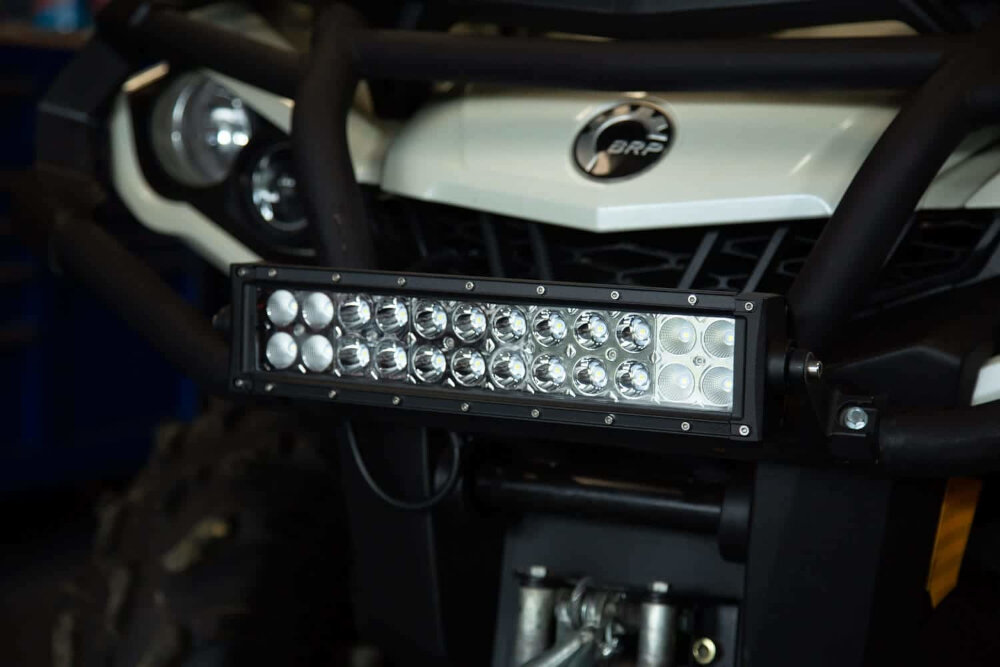
In order to check the lumens of your LED lights, it is crucial to gather the necessary tools. The first tool you will need is a light meter. This device measures the amount of light that is emitted from a specific source, such as an LED bulb. There are various types of light meters available, but it is recommended to use one that is specifically designed for LED lights. This will ensure that you get accurate readings and can make the necessary adjustments to your lighting setup. Another tool that you may need is a calculator or spreadsheet program. This will help you to calculate the lumens of your LED lights based on the readings you get from the light meter. It is also helpful to have a notebook or notepad to record your readings and calculations for future reference. In addition to the light meter and calculator, you may also need a few other tools depending on your specific lighting setup. For example, if you are checking the lumens of a fixture or room, you may need a ladder or step stool to reach the fixture. You may also need a flashlight or other source of light to help you see the readings on the light meter. It is important to take the time to gather all of the necessary tools before beginning the process of checking the lumens of your LED lights. This will help to ensure that you get accurate readings and can make any necessary adjustments to your lighting setup.
To easily check the lumens of your LED lights, you will need a few tools. Firstly, a lux meter or a light meter is essential to measure the amount of light that falls on a surface. This tool measures the intensity of the light in lux or foot-candles. Secondly, you will need a stable surface or stand to place the light on during the testing process. Additionally, a power source to switch on the LED lights is necessary. Finally, a calculator or an app that can help you calculate the lumens based on the lux reading is recommended. With these tools at hand, you can accurately determine the brightness of your LED lights and make any necessary adjustments for optimal lighting.
There are several tools that can be used to check the lumens of LED lights, each with their own specific function. A light meter, for example, measures the amount of light emitted by a source and can be used to determine the lumen output of an LED light. A spectrometer, on the other hand, measures the intensity of light at different wavelengths and can be used to determine the color temperature of the light as well as the lumen output. A lux meter is another useful tool that measures the intensity of light in a given area and can be used to calculate the total lumen output of multiple LED lights. No matter which tool is used, it’s important to follow the manufacturer’s instructions and ensure that the tool is calibrated properly for accurate readings.
Step 2: Prepare the Environment

In the second step of checking the lumens of your LED lights, you need to prepare the environment. This is crucial because the brightness of the surrounding area can affect the accuracy of your measurement. You need to turn off all other light sources in the room and make sure that the area is as dark as possible. This will ensure that the light output of your LED lights is not influenced by other light sources in the room. You can also cover windows and doors with curtains or blinds to prevent natural light from entering the room. Moreover, you need to clean the area where you will take the measurement. Dust and dirt can affect the accuracy of your reading. Therefore, it is important to make sure that the area is clean and free of any debris. In addition, it is important to position the LED light at the correct distance from the measurement device. The distance will depend on the type of device you are using. If you are using a lux meter, you need to place the meter at the same height as the LED light and measure the intensity of the light at a distance of one meter. If you are using a smartphone app, you need to hold the phone at the same height as the LED light and position it at a distance of one meter from the light source. By following these steps, you will be able to accurately measure the lumens of your LED lights and ensure that they are providing the brightness you need.
Creating a dark environment is essential when checking the lumens of LED lights. This is because the amount of light emitted by these bulbs is affected by the presence of ambient light. When measuring lumens, it is essential to eliminate any interfering light sources by ensuring that the room is as dark as possible. This helps to achieve more accurate results and ensures that the lumen output of the LED lights is not falsely inflated or deflated. A dark environment also allows for a better visual representation of the light emitted by the bulbs, making it easier to identify any discrepancies or defects in the lighting. Therefore, creating a dark environment is crucial in accurately checking the lumens of LED lights.
Creating a dark environment is essential when testing the lumens of your LED lights. The first step is to turn off all the lights in the room and draw the curtains or blinds to block any external light. If the room has windows, cover them with thick, dark curtains or blackout shades. Ensure that all electronic devices and appliances that emit light, such as TVs and smartphones, are turned off. Additionally, cover any light sources around the room, such as power strips, with black tape or cloth. This will ensure that the room is as dark as possible and that the only light source is the LED light being tested. By creating a completely dark environment, you can accurately measure the lumens of your LED lights and ensure that they are functioning at optimal levels.
Step 3: Turn on the LED Light
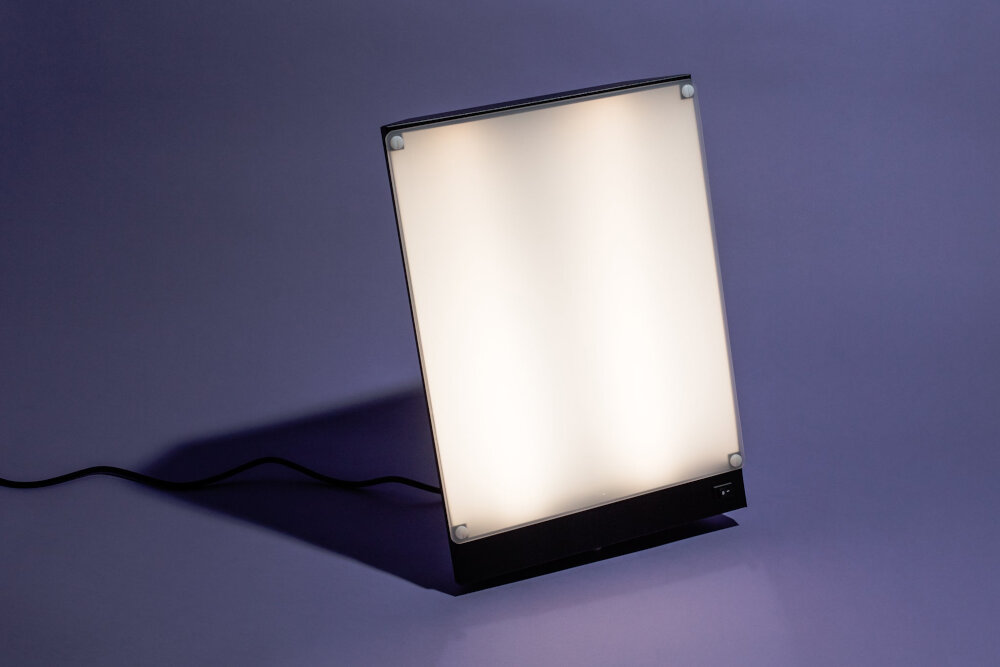
After completing the previous steps, it is now time to turn on the LED light. This step is crucial in measuring the lumens of your LED light. Turn on the light by flipping the switch, and wait for a few seconds for it to warm up. Once it is on, place the lux meter directly under the light source. Make sure that the meter is perpendicular to the light to get an accurate reading. Once you have the reading, make sure to write it down in your notes. Repeat this process for each LED light you are testing to get a comprehensive understanding of their brightness. Turning on the LED light is an important step in measuring its brightness. It allows you to get an accurate reading using your lux meter. It is essential to wait a few seconds for the light to warm up before taking the reading. By waiting, you ensure that the light is operating at its full potential. Once you have the reading, make sure to note it down to compare it with other LED lights you may have. This step is easy to follow, and it is essential in determining whether your LED light is efficient or not.
To turn on an LED light, the first step is to locate the power switch or button. This switch could be located on the LED light itself or a remote control. Once you locate the switch, press it to turn on the LED light. If the LED light does not turn on, make sure that the power source is connected and the batteries are charged if applicable. Also, check if the LED light is properly installed and the wiring is correctly connected. Once the LED light is turned on, you can adjust the brightness and color temperature to your liking to determine the lumens output.
LED lights are becoming increasingly popular due to their energy efficiency and long lifespan. There are three main types of LED lights: low-power, mid-power, and high-power. Low-power LEDs are the most common type and are used in a variety of applications, including home lighting and electronic devices. Mid-power LEDs are slightly more powerful and are often used in commercial lighting. High-power LEDs are the most powerful and are typically used in outdoor lighting and automotive applications. Additionally, there are different color temperatures of LED lights, measured in Kelvin, that can affect the mood and atmosphere of a space. Understanding the different types of LED lights can help you choose the right one for your needs and ensure that you are getting the right amount of lumens for your space.
Step 4: Use the Light Meter
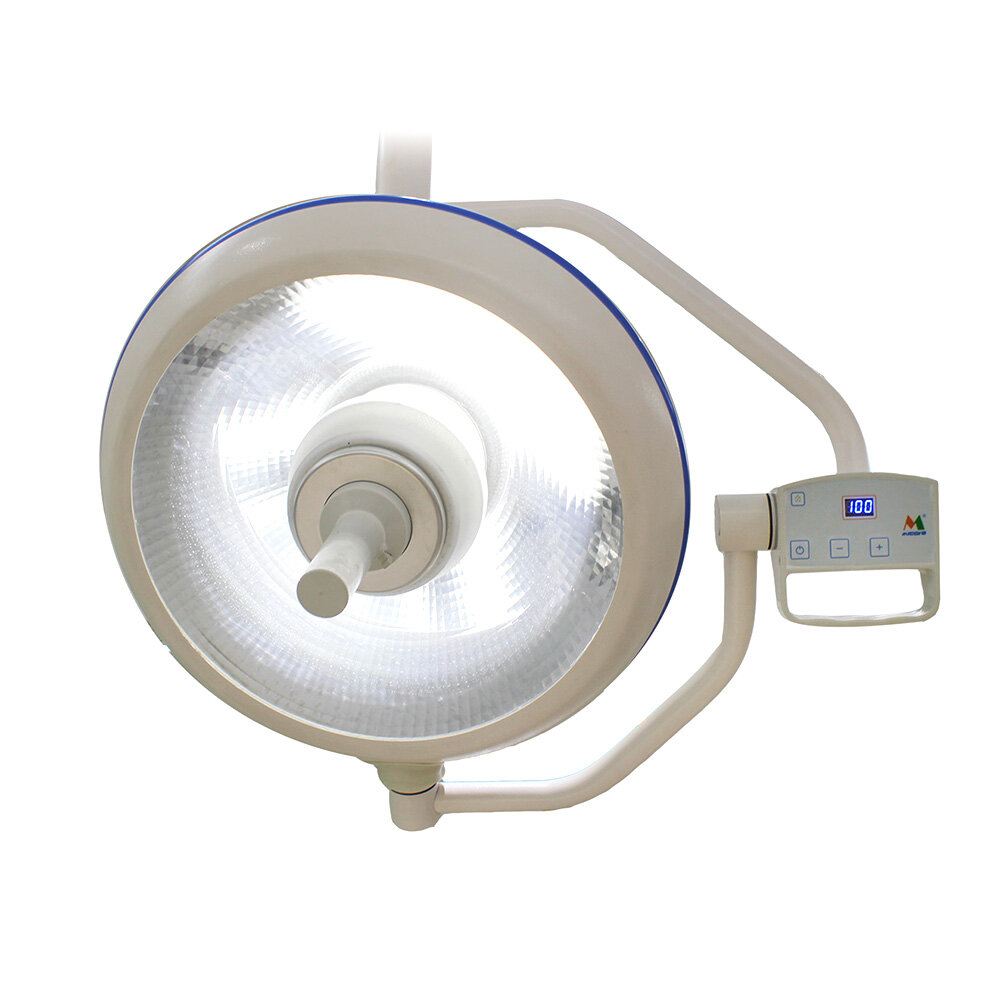
Step 4 in the process of checking the lumens of LED lights is to use the light meter. A light meter is a device that measures the amount of light in a specific area, and it is an essential tool for anyone who wants to know the exact brightness of their LED lights. The light meter is easy to use, and it requires no special training or expertise. Once you have the light meter, place it in the area where you want to measure the light, and turn it on. The light meter will give you an accurate reading of the amount of light in that area, and you can use this reading to determine the lumens of your LED lights. Using a light meter is a crucial step in the process of checking the lumens of LED lights because it provides an accurate measurement of the amount of light in a specific area. This measurement is essential because it allows you to determine the exact brightness of your LED lights. By knowing the lumens of your LED lights, you can ensure that they are providing adequate illumination for the space they are in. Additionally, you can use the light meter to make adjustments to your LED lights to ensure that they are providing the optimal amount of light for your needs. Overall, using a light meter is a simple yet effective way to check the lumens of your LED lights and ensure that they are providing the brightness you need.
A light meter is an essential tool for anyone who wants to measure the brightness of their LED lights accurately. To use a light meter, you need to first turn it on and calibrate it to the right settings. Next, hold the light meter near the LED light source and aim it towards the light. The meter will then display the luminous flux, which is measured in lumens. It’s important to make sure that the light meter is held at the same distance from the light source every time you take a reading to ensure consistency in your measurements. By using a light meter, you can determine the exact amount of light emitted by your LED lights, making it easier to choose the right lighting for any space.
Measuring the lumens of an LED light is a crucial step in determining its brightness. To check the lumens of your LED light, you need a light meter or a smartphone app that measures light intensity. Start by turning on the LED light and pointing it towards the light meter or the app. Ensure that the light is at its maximum brightness and is not obstructed by any objects. Take a reading of the light intensity and then multiply it by the surface area of the light source to get the total lumens. You can also compare the lumens of different LED lights to determine which one is the brightest. By following these steps, you can easily check the lumens of your LED lights and make informed decisions when purchasing them.
Step 5: Calculate Lumens
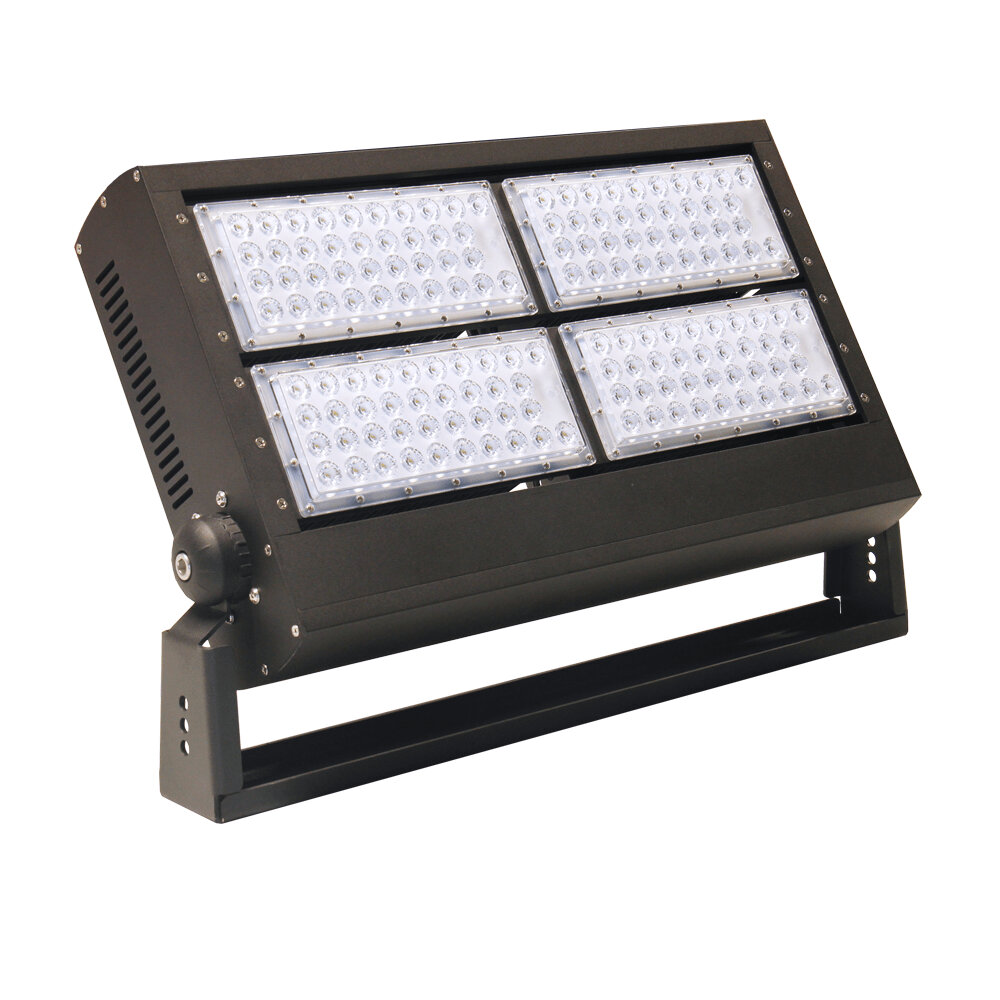
Calculating lumens is an essential step in determining the brightness of LED lights. Lumens is a measure of the total amount of visible light emitted by a source, and it is the most accurate way to compare the brightness of different LED lights. To calculate lumens, you need to know the wattage and efficacy of the LED light. The efficacy is the amount of light produced per watt of electricity used, and it is measured in lumens per watt (LPW). Once you have the wattage and efficacy, you can use a simple formula to calculate the lumens: Lumens = Wattage × Efficacy. The calculation of lumens is particularly important when choosing the right LED light for a specific purpose. For instance, if you are looking for a bright LED light for reading or working, you will need to choose an LED light with a high lumen output. On the other hand, if you are looking for a mood-setting LED light for your living room or bedroom, you may want to choose an LED light with a lower lumen output. By calculating the lumens of your LED lights, you can make an informed decision and choose the right LED light for your needs. Overall, calculating lumens is a simple yet crucial step in ensuring that you have the right LED light for any situation.
Calculating lumens is an essential step in determining the brightness of your LED lights. The process involves understanding the relationship between watts, lumens, and efficacy, which is the measure of a bulb’s efficiency. To calculate lumens, you first need to check the wattage of your bulb and its efficacy rating, which is typically expressed in lumens per watt (LPW). Next, you can use a simple formula, which involves multiplying the wattage by the efficacy rating to obtain the total lumens output. For instance, if you have a 10-watt LED bulb with an efficacy rating of 100 LPW, you can calculate its lumens output by multiplying 10 by 100, which gives you 1000 lumens. By following these simple steps, you can easily check the lumens of your LED lights and ensure that you are getting the right brightness for your needs.
If you’re curious about the brightness of your LED lights, you can measure it in lumens. Lumens measure the amount of light emitted by a source, and calculating them is a straightforward process. To find the lumens of an LED light, you need to multiply its wattage by its efficacy rating. Efficacy is the measure of how well the light converts electricity into visible light, and it’s usually expressed in lumens per watt. By multiplying the wattage by the efficacy, you can calculate the total lumens of the LED light. This formula provides a simple and effective way to check the brightness of your LED lights and ensure that they’re providing the illumination you need.
Checking the lumens of your LED lights is crucial to ensure that you are getting the right amount of brightness for your needs. Lumens refer to the amount of light that a bulb emits, and this measurement is essential for determining the appropriate lighting for your space. By checking the lumens, you can ensure that your lighting is energy-efficient, meets your needs, and provides a comfortable and safe environment. Whether you’re looking to brighten up your living room or illuminate your workspace, checking the lumens of your LED lights is a vital step in achieving the perfect lighting for your needs. So, don’t forget to check the lumens of your LED lights to get the most out of your lighting solutions.
In conclusion, checking the lumens of your LED lights is an essential step in ensuring that you have the right lighting for your needs. Knowing how to measure lumens accurately can help you avoid purchasing lights that are too dim or too bright for your space. It is crucial to use a reliable light meter and to follow the manufacturer’s instructions carefully. Additionally, it is essential to consider other factors such as color temperature and CRI when selecting LED lights. By taking the time to check the lumens of your LED lights, you can create a well-lit and comfortable environment that meets your lighting needs. So, be sure to follow these tips and tricks to ensure that you get the most out of your LED lighting.
Conclusion
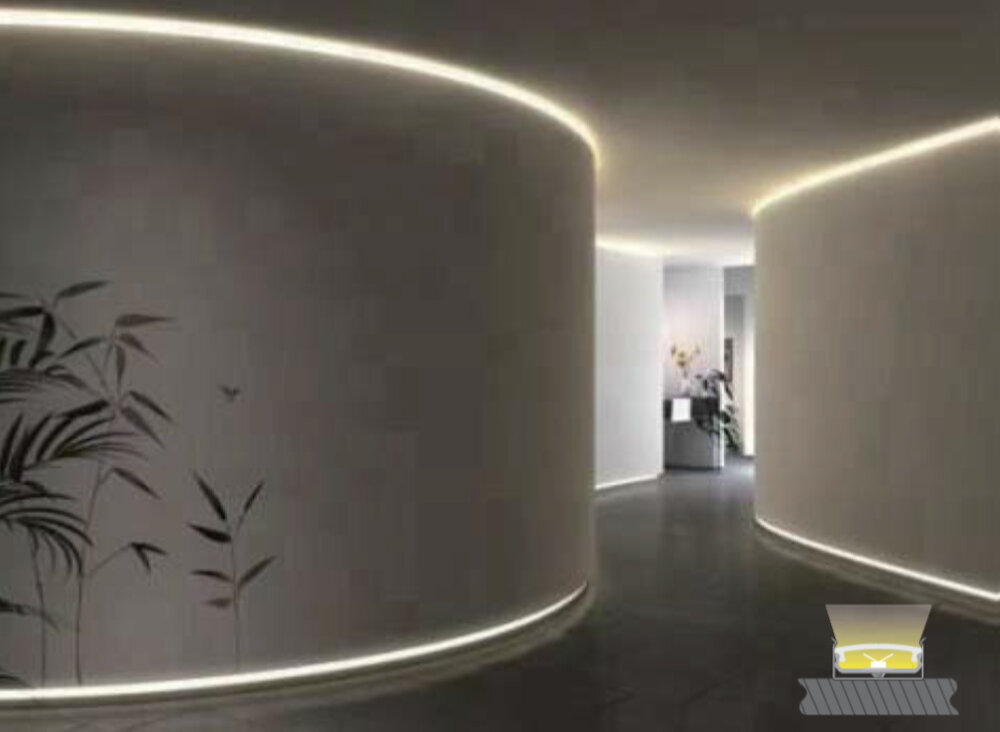
In conclusion, checking the lumens of your LED lights is an important aspect of ensuring that you have the right lighting for your space. By following the step-by-step guide outlined in this article, you can easily determine the lumens produced by your LED lights and make any necessary adjustments to improve your lighting. Remember that lumens are a measure of brightness, and the right amount of lumens for your space will depend on several factors, including the size of the room and the type of activities you will be doing. By taking the time to check your lumens, you can create a comfortable, well-lit environment that meets your needs and enhances your daily life.


